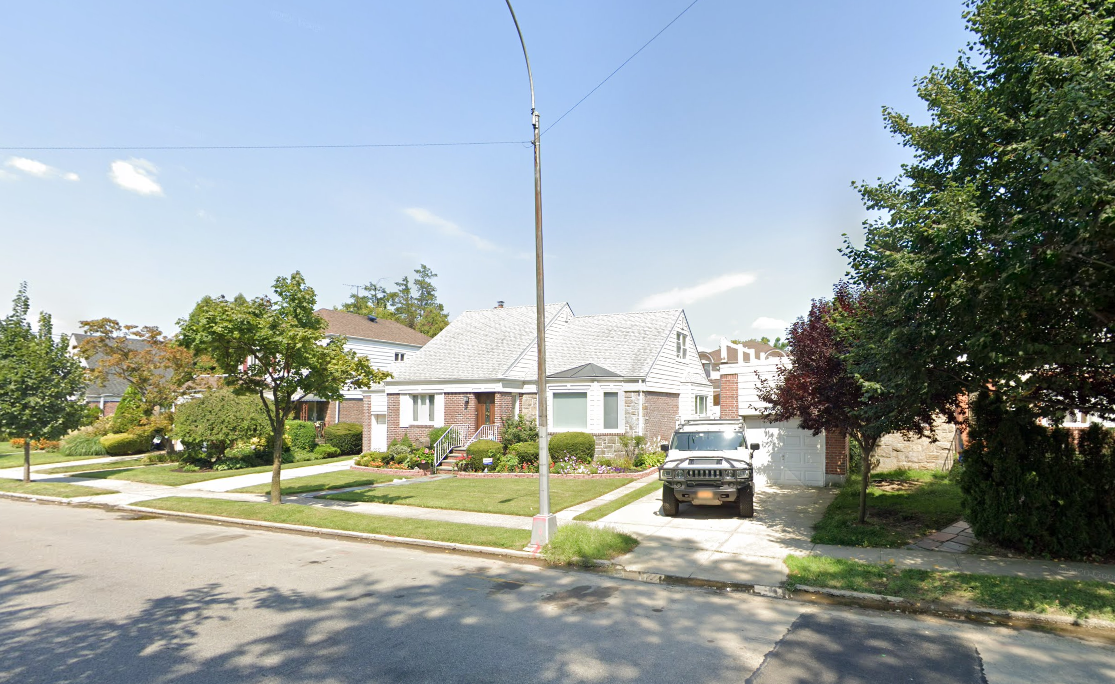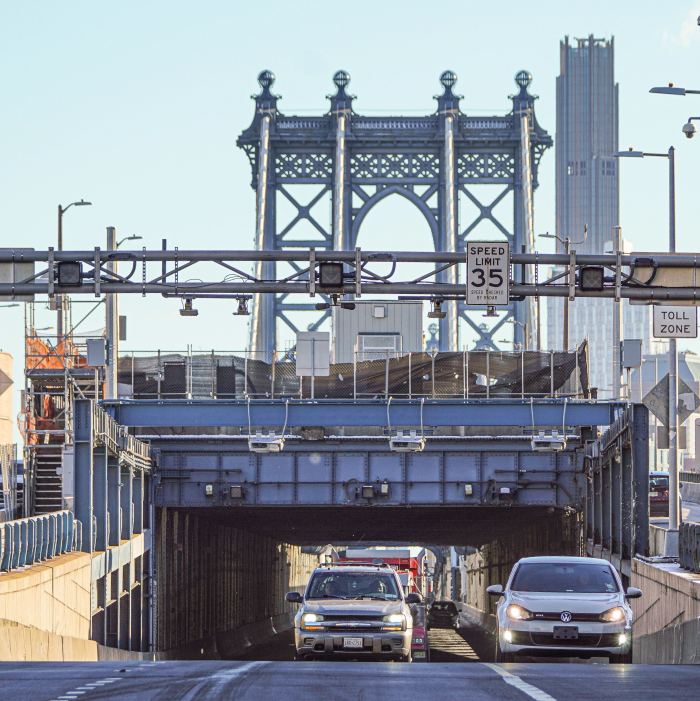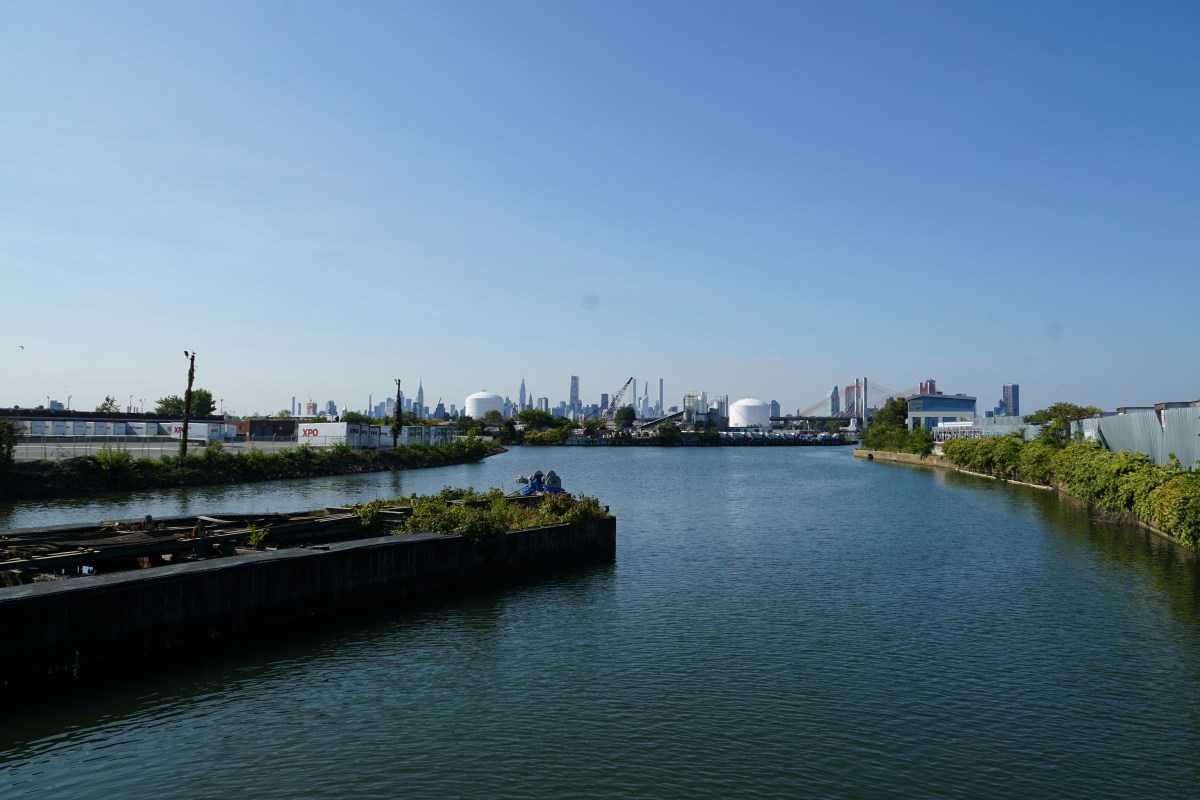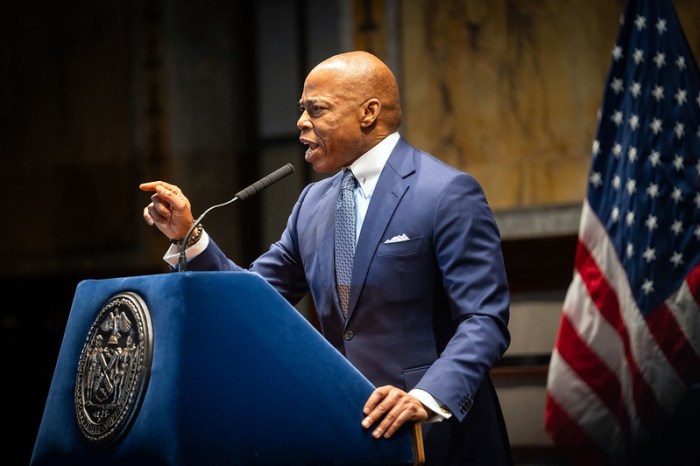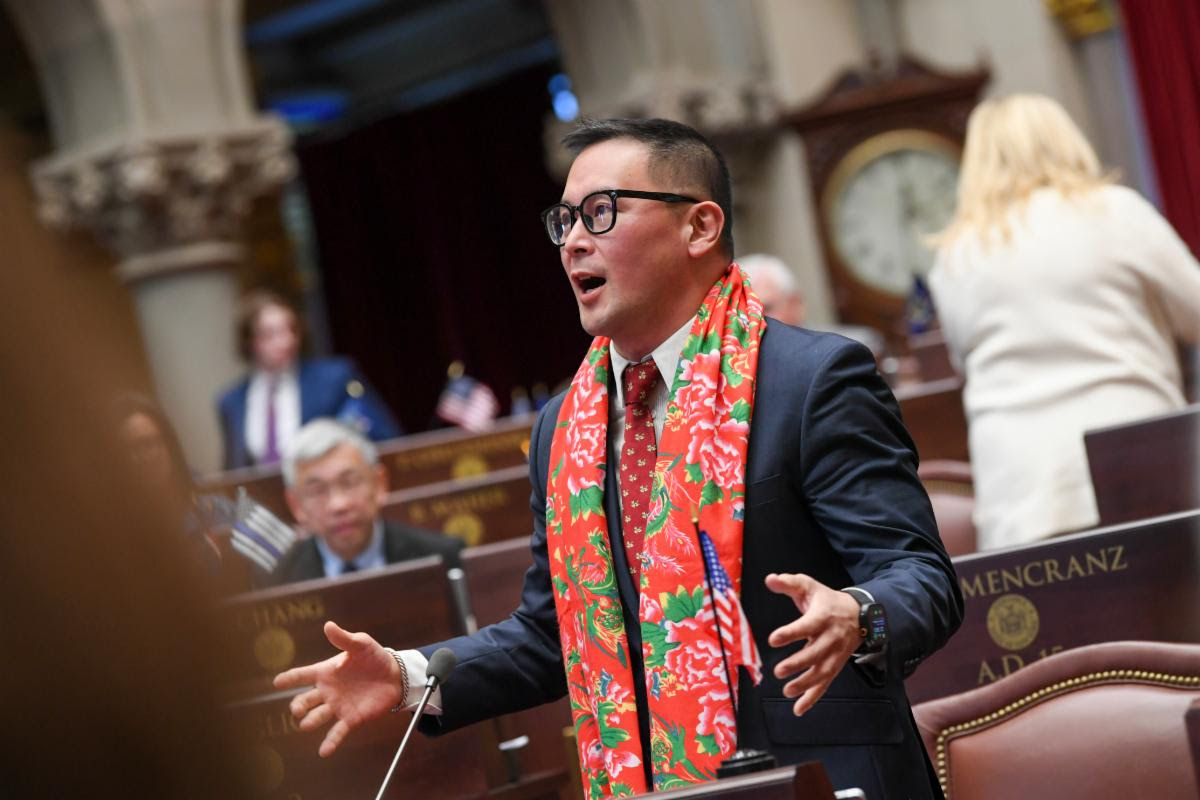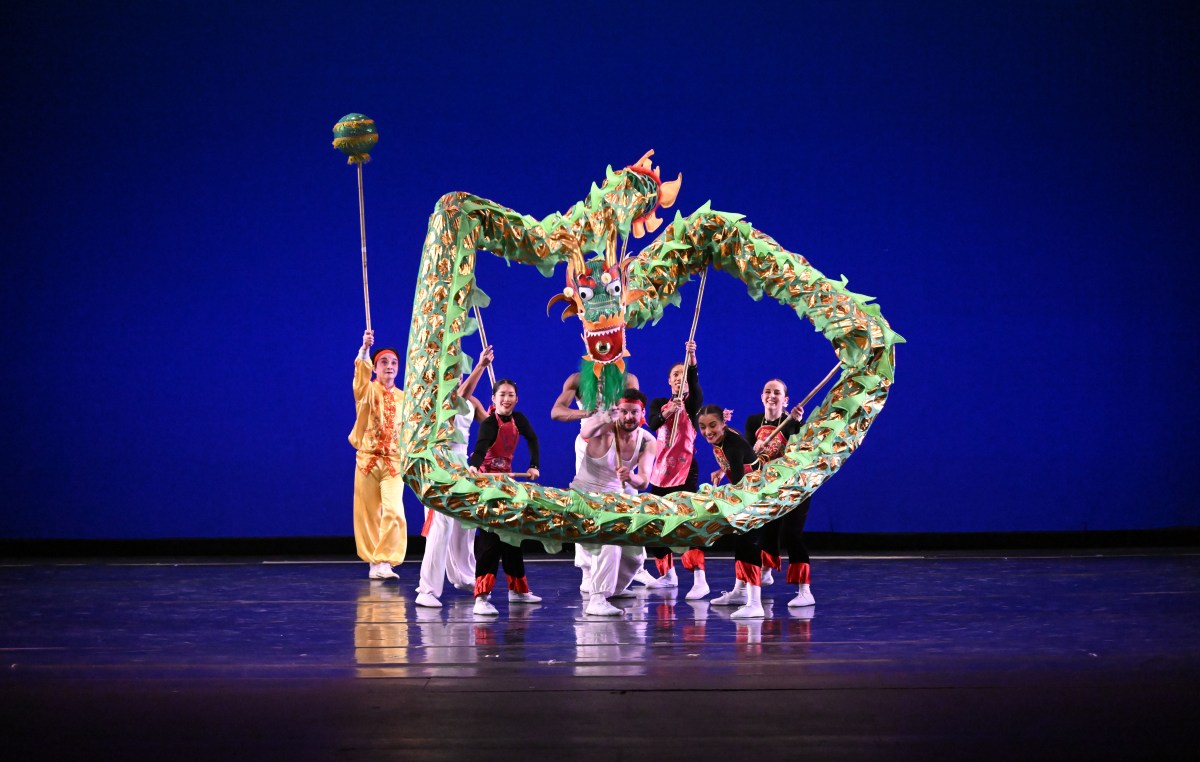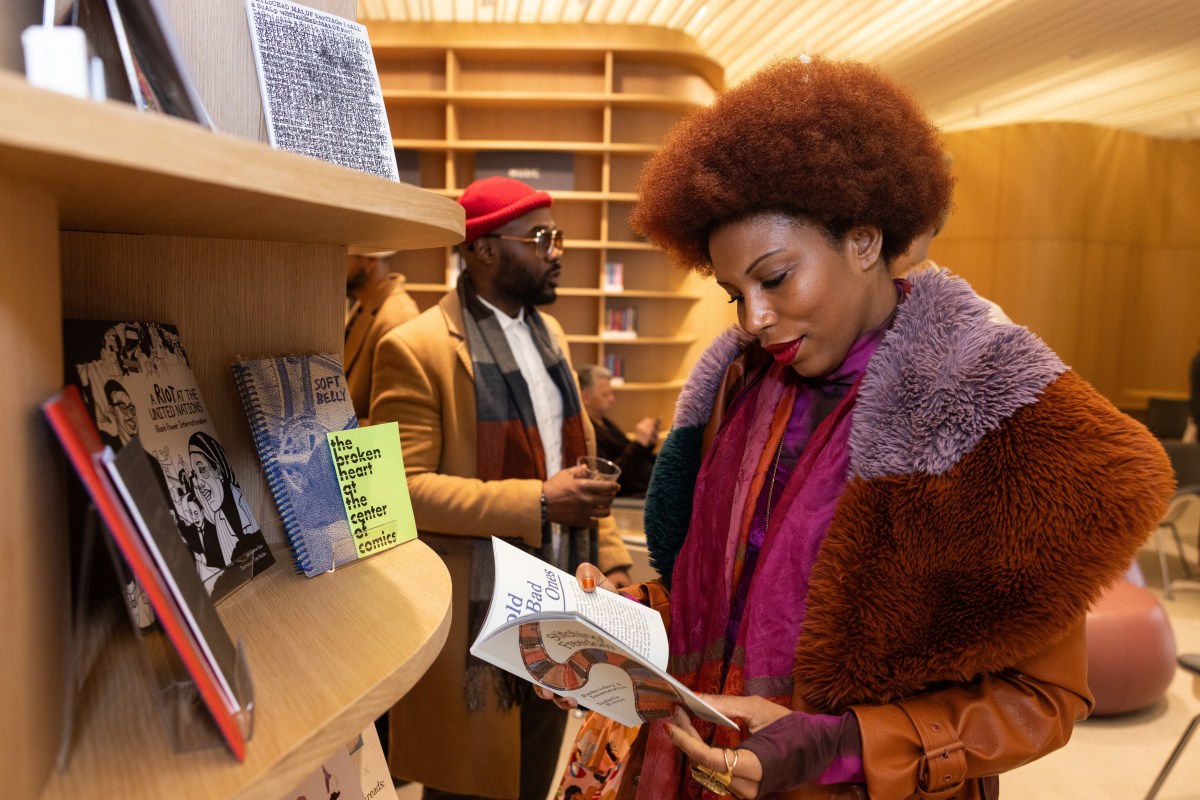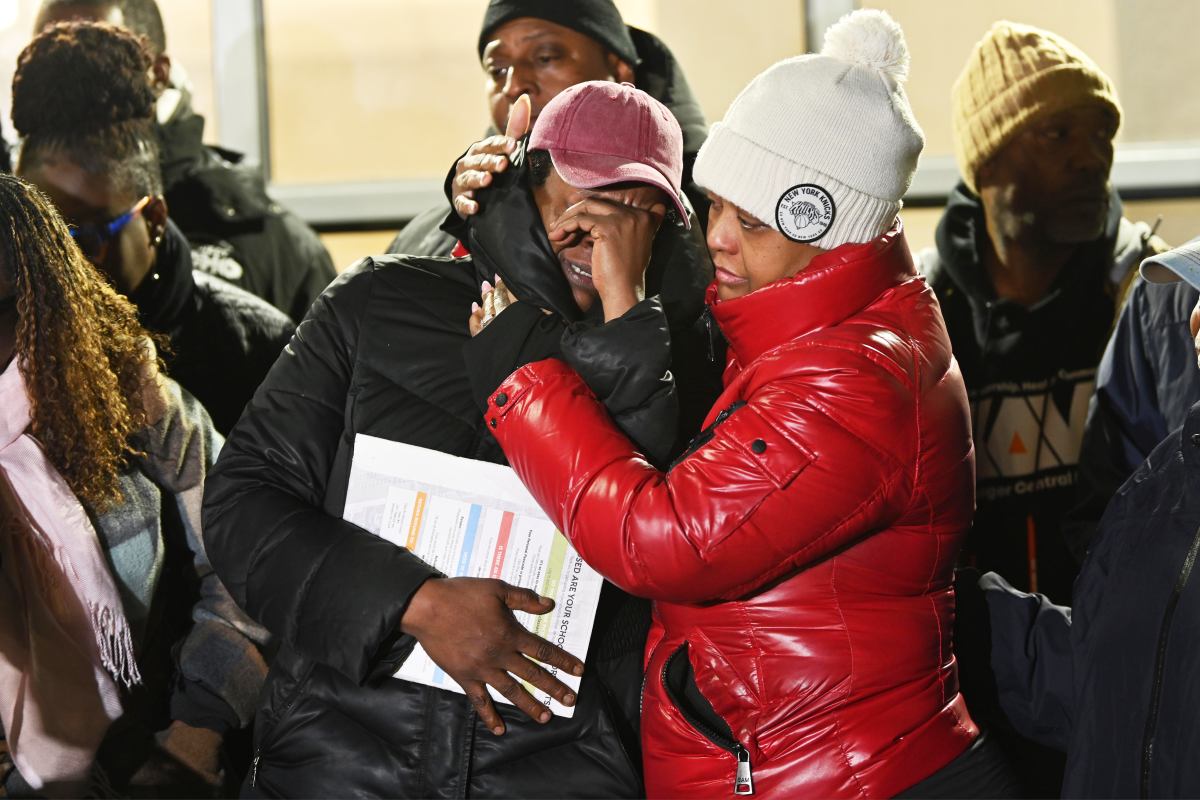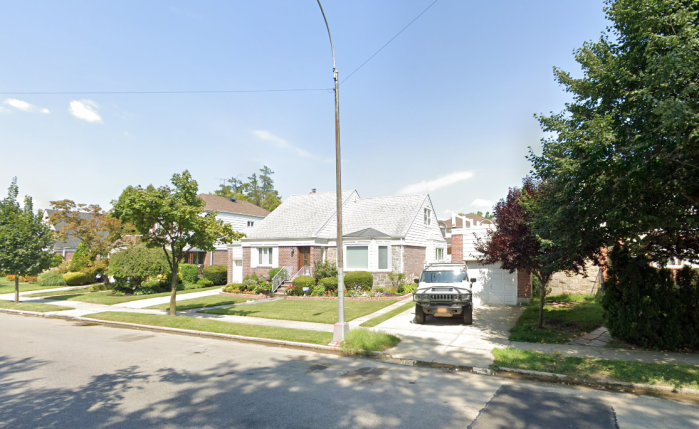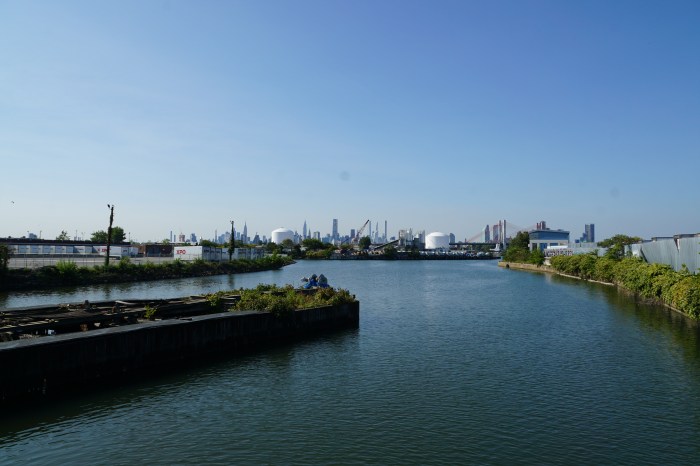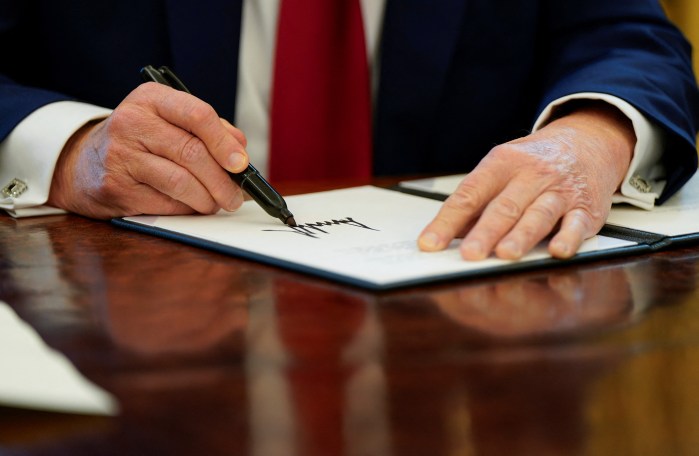New York City may celebrate LGBTQ pride with a march, but it all began with riots.
The events that transpired at the Stonewall Inn in Greenwich Village in June 1969 are widely considered the catalyst for the modern LGBTQ civil rights movement.
Earlier this month, for the first time in 50 years, the NYPD issued a formal apology to the LGBTQ community for the events that transpired at the Stonewall Inn.
“I think it would be irresponsible of me as we go through World Pride Month not to speak of the events at the Stonewall Inn in June of 1969. Well, I’m certainly not going to stand up here and pretend to be an expert on what happened at Stonewall,” NYPD Commissioner James O’Neill said at a news conference on June 6. “I do know what happened should not have happened. The actions taken by the NYPD were wrong, plain and simple. The actions and the laws were discriminatory and oppressive and for that, I apologize.”
Explore the history of the Stonewall riots, LGBTQ activism and all that followed.
Where it all began: The Stonewall Inn
The Stonewall Inn was opened in 1967 as part of a network of Mafia-controlled, illegal gay bars and clubs, according to the New York Public Library.
At the time, New York’s sodomy laws made it illegal for the LGBT community to openly express themselves.
In order to evade the state Liquor Authority, owner Fat Tony Lauria billed the Stonewall Inn as a private club where patrons would pay an admission fee and sign a club register, often with monikers like “Judy Garland,” per the NYPL.
Although the Stonewall was no stranger to raids, bar staff were typically tipped off in advance and they would warn patrons in order to avoid arrests.
The riots
In the early hours of June, 28, 1969, amid mounting raids on the underground gay community by the NYPD, patrons of the Stonewall Inn had reached a breaking point.
As police raided the bar and began to arrest employees and patrons who refused orders from officers, members of the community decided to fight back. Instead of dispersing, the growing crowd threw objects at police and chants of “gay pride” and “gay power” grew out of the darkness.
It took anti-riot police several hours to clear the streets that night, but the match had been lit and the fire within the long-oppressed LGBTQ community began to burn.
The riot touched off six days of further demonstrations at the Stonewall Inn, Christopher Park across from the bar, and in the surrounding streets. At times, the crowd was estimated at several thousand people, per the National Park Service.
Turning anger into action
Building off of the momentum from the Stonewall uprising, several LGBTQ advocate organizations were launched in New York City. The Gay Liberation Front, Gay Activists Alliance and the Street Transvestites Action Revolutionaries, also known as STAR, were all formed within a matter of months.
These groups, among others, quickly became incubators for the political movement surrounding LGBTQ rights.
The civil rights efforts by STAR founders and Stonewall rioters Sylvia Rivera and Marsha P. Johnson are considered to have inspired the formation of the Queens Liberation Front, which successfully fought for the abolition of New York’s anti-transvestite laws in 1971, according to the NYPL. Meanwhile, the Gay Activist Alliance, which was born out of the Gay Liberation Front, went on to demand civil rights legislation from city lawmakers and helped organize the first pride march in New York City.
NYC Pride March
Originally called the Christopher Street Liberation Day March, the first pride march took place on June 28, 1970, to commemorate the first anniversary of the Stonewall riots.
After gaining approval for the march from the Eastern Regional Conference of Homophile Organizations, gay rights activist Craig Rodwell drew in support from the Gay Activist Alliance and Gay Liberation Front to form the committee and plan what would become an annual march for LGBTQ civil rights.
More than 2,000 people marched up Sixth Avenue from Greenwich Village to Central Park, where a “Gay Be-in” was held that year. Sister marches also took place in Los Angeles, San Francisco and Chicago.
In 1984, Heritage of Pride was founded to take over the planning and operations of the NYC Pride March after the Christopher Street Liberation Day committee disbanded.
Today, the NYC Pride March is considered the largest of its kind in the country, attracting tens of thousands of participants and millions of spectators both in celebration of how far the civil rights movement has gone and in recognition of how much further the LGBTQ community still has to go to achieve equal rights and respect.
The Stonewall National Monument
Citing the historic significance of the Stonewall Inn, then-President Barack Obama announced the establishment of the Stonewall National Monument in June 2016, just days before the annual Pride March.
National monument status was extended not only to Christopher Park, but the Stonewall Inn and the surrounding streets where the riots took place as well.
Obama said the designation was meant “to tell the story of the struggle for LGBT rights.”
“Viewed from Christopher Park’s central location, this historic landscape – the park itself, the Stonewall Inn, the streets and sidewalks of the surrounding neighborhood – reveals the story of the Stonewall uprising, a watershed moment for LGBT civil rights and a transformative event in the nation’s civil rights movement on par with the 1848 Women’s Rights Convention at Seneca Falls and the 1965 Selma-to-Montgomery March for voting rights in its role in energizing a broader community to demand equal rights,” states the presidential proclamation designating the area a monument.
Before its establishment as a national monument, Christopher Park already paid homage to the LGBTQ civil rights movement with signs about the history of the Stonewall riots and George Segal’s sculpture, “Gay Liberation.”



